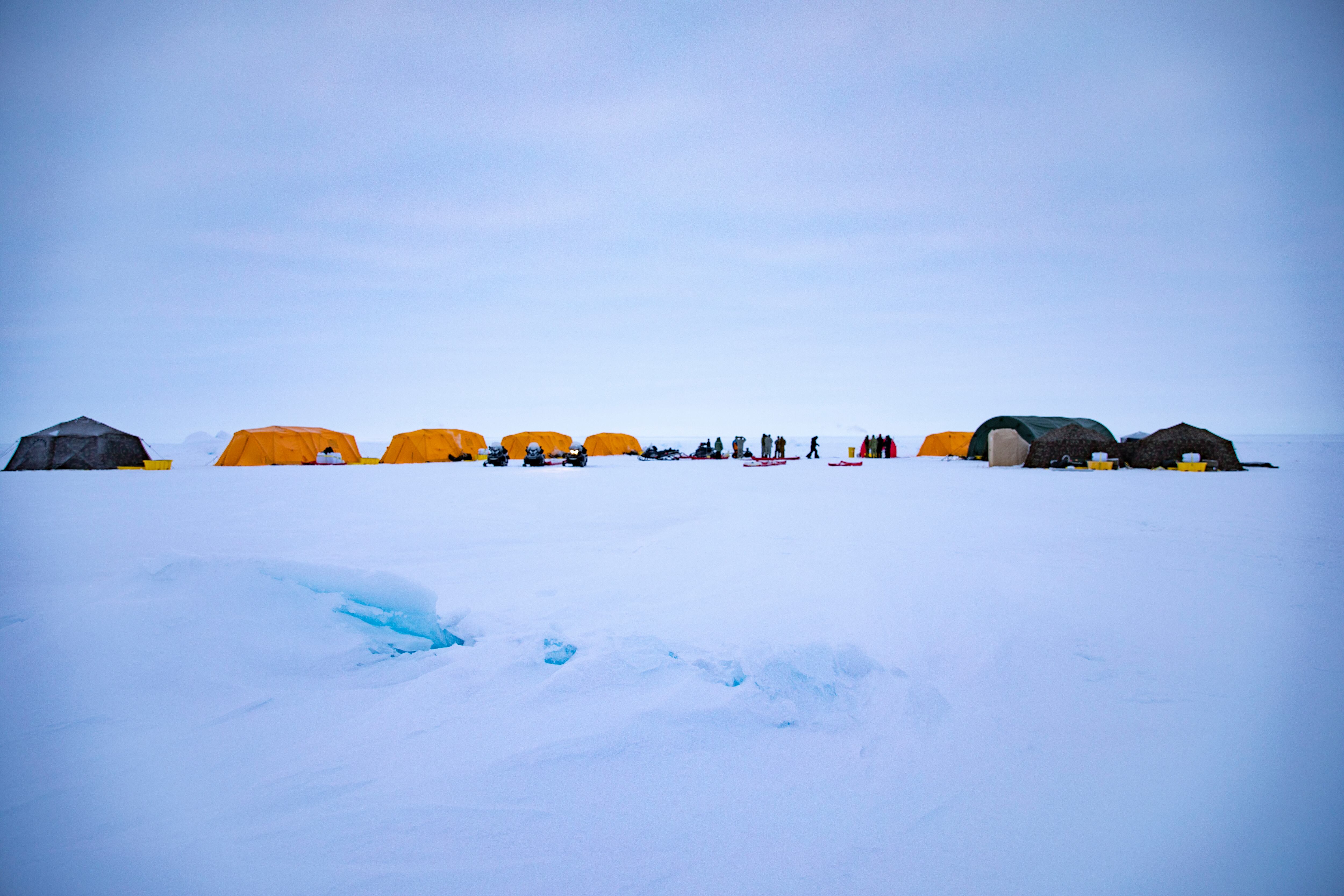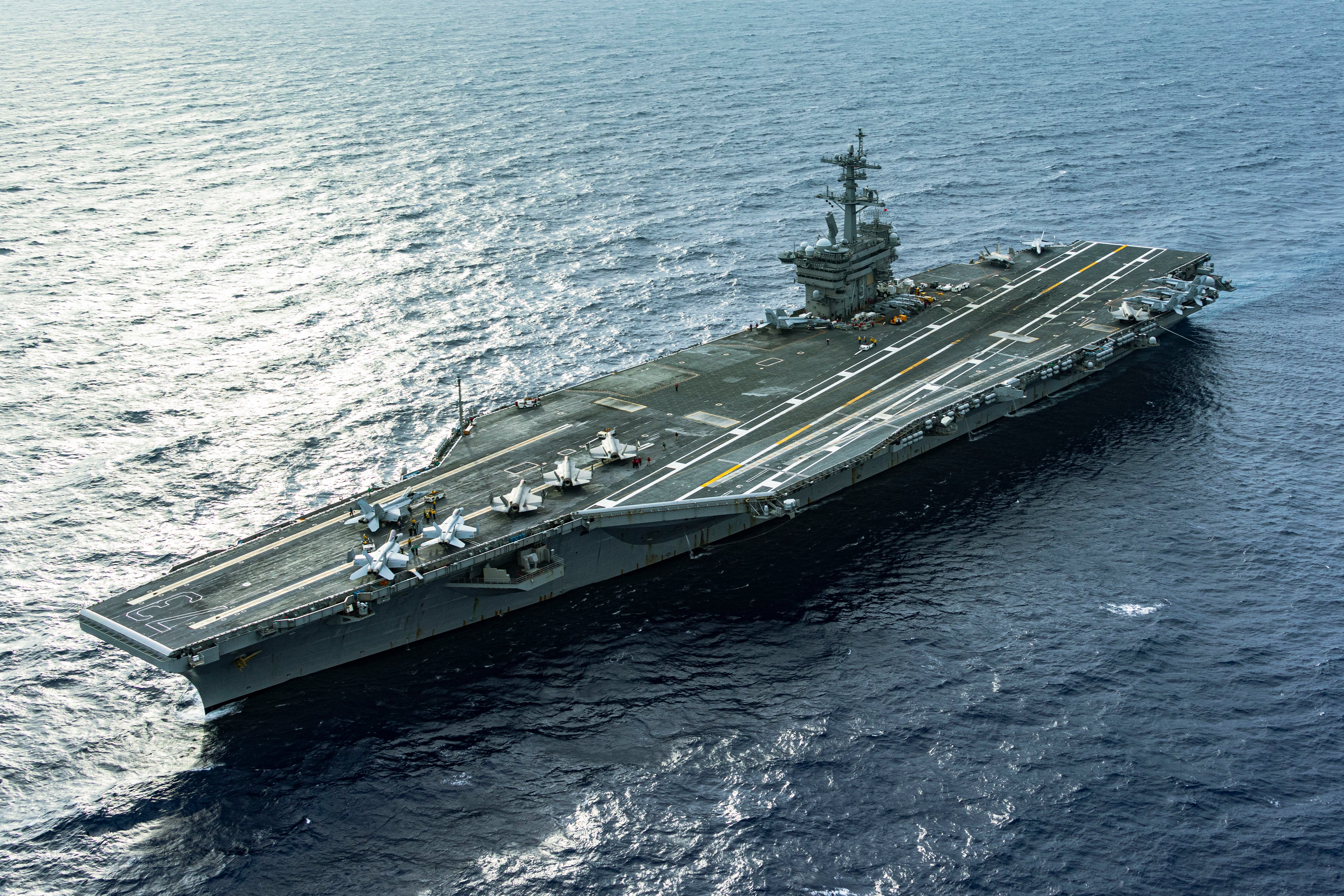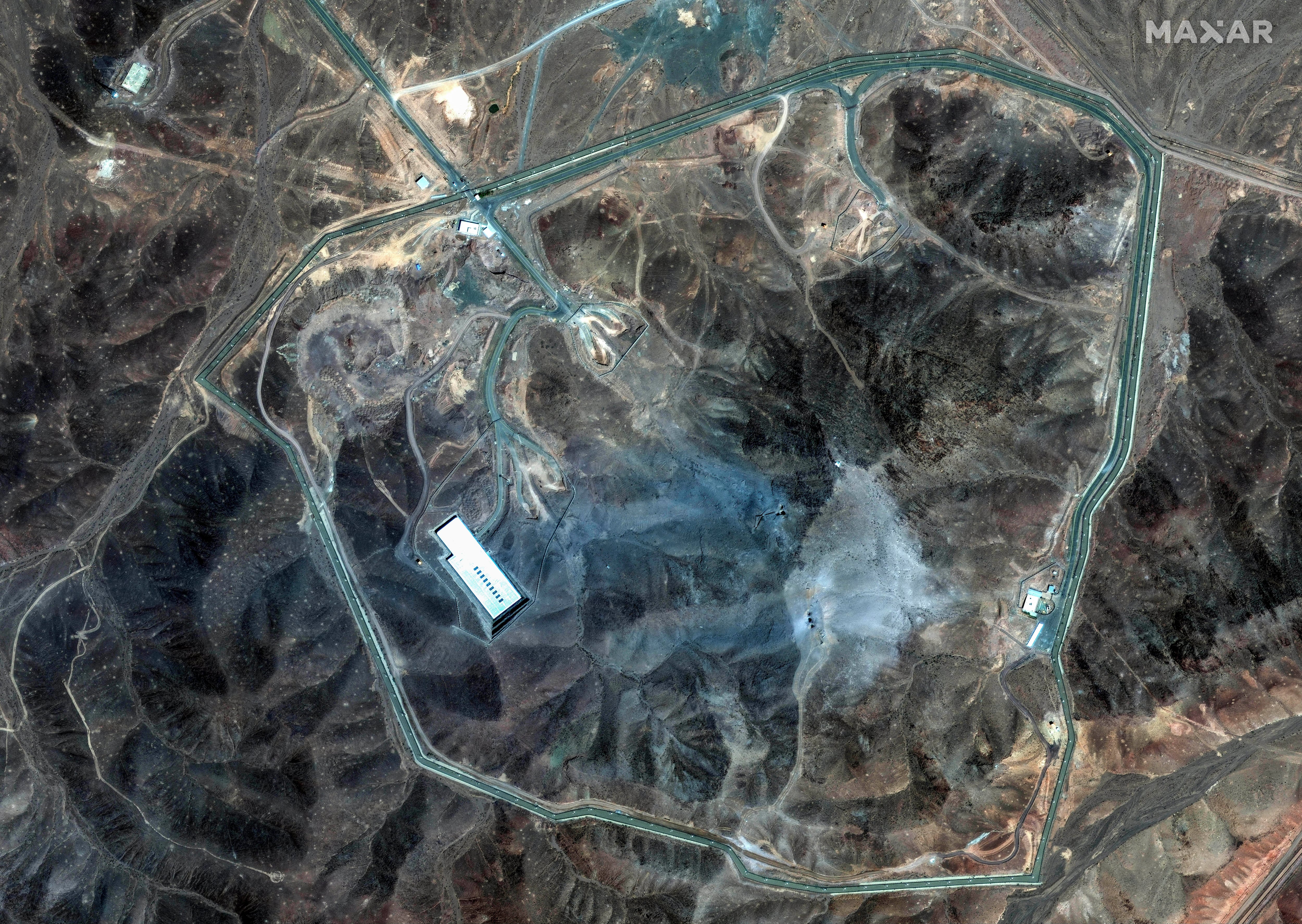Navy explosive ordnance disposal units kicked off the Snow Crab Exercise Saturday at Camp Ripley in Little Falls, Minnesota, with the goal of boosting sailors’ combat effectiveness in the Arctic and similar environments.
Leaders warn it is imperative for the U.S. to maintain a strong presence in the region, which is becoming a focus of great power competition as global warming opens more of the forbidding territory to navigation. To do that, sailors must become more proficient in the far north through regular training opportunities.
The two-week exercise will allow Navy explosive ordnance units to clear simulated unexploded ordnance, secure critical infrastructure, and focus on communication between distributed units. Navy divers are also slated to complete ice dive training and salvage operations in subzero temperatures.
RELATED

“Navy EOD and Navy Diving forces aggressively pursue opportunities to further develop a more agile and flexible force to reduce risk to the Fleet commander,” said Capt. Chuck Eckhart, commander of Explosive Ordnance Disposal Group 2, in a Navy news release. “Snow Crab Ex allows Navy EOD and Navy Diving forces to build capability and readiness in an Arctic environment so we are better equipped to enable the maneuver of the U.S. Navy Fleet and execute our Nation’s tasking anytime and anywhere.”
The exercise requires Explosive Ordnance Disposal Mobile Unit 12 to exert tactical control over sailors from Explosive Ordnance Disposal Mobile Unit 2, Mobile Dive and Salvage Unit 2, Explosive Ordnance Disposal Expeditionary Support Unit 2 and Explosive Ordnance Disposal Group 2.
“During Snow Crab Ex, our teams can test equipment and procedures in a harsh and challenging Arctic environment,” said Cmdr. David Scherr, commander of Explosive Ordnance Disposal Mobile Unit 12, in the release. “It’s important that we are able to operate wherever we are called, so we are taking a hard look at what works in cold weather and where we can improve or make changes.”
The exercise comes less than a year after the service transformed an Arctic slab of ice into an airstrip and encampment to test out Arctic research initiatives.
The Navy has increased its presence in the Arctic in recent years, sending the aircraft carrier Harry S. Truman and its carrier strike group to the Norwegian Sea in 2018. That marked the first time a U.S. carrier had entered the Arctic Circle since 1991.
Additionally, the service released its “Blue Arctic” strategy for the region in January 2021, which requires the U.S. Navy to “operate more assertively” there. It also cautioned that Russia is reopening old bases and “reinvigorating” regional exercises. It predicts this will continue in the “decades ahead” and that China will step up its naval activity “on, below and above Arctic waters.”




